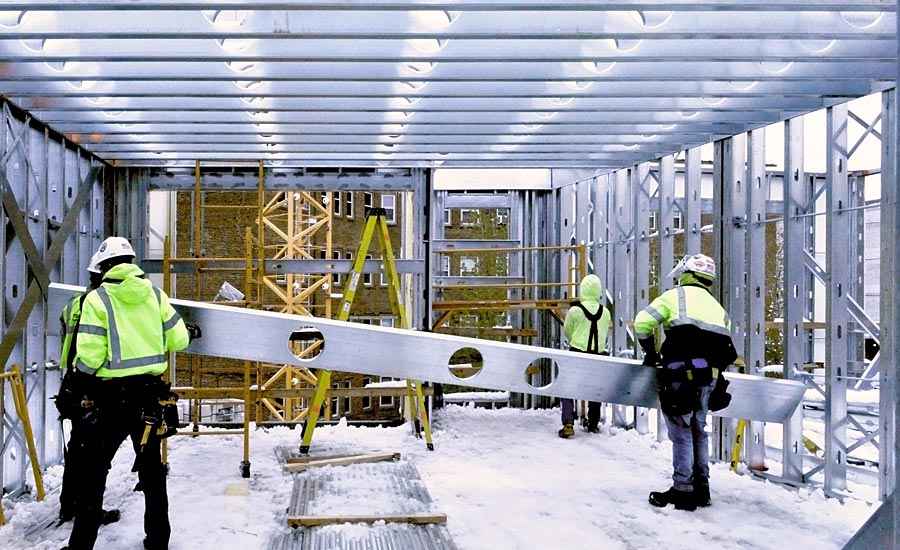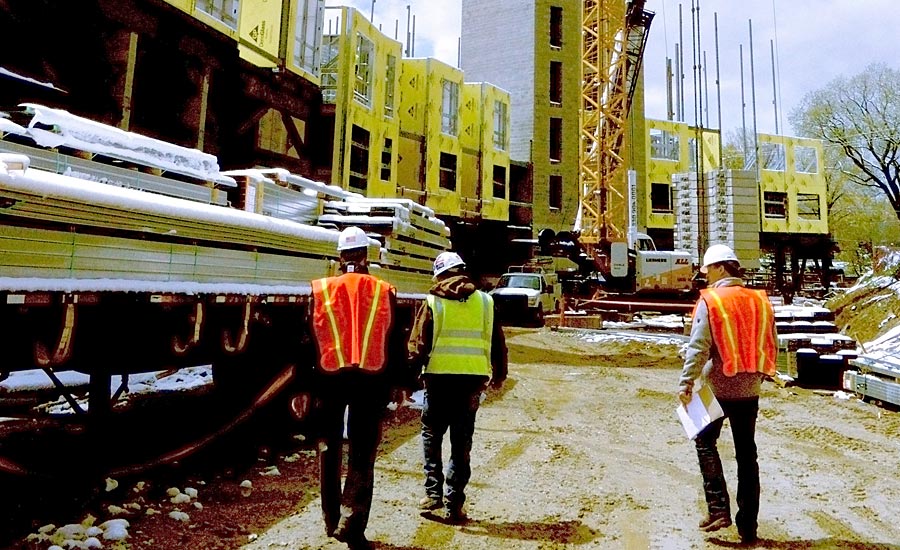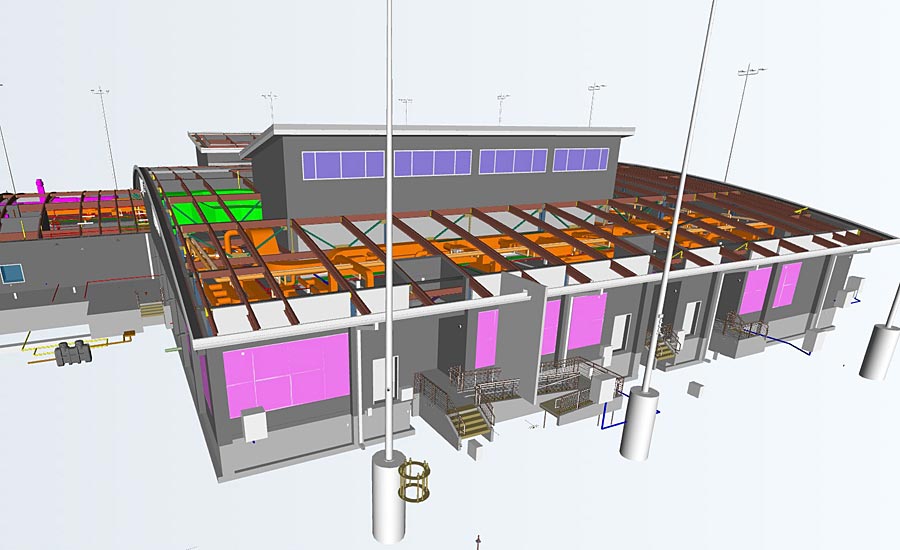It is no secret that the U.S. is suffering from a post-pandemic labor shortage. The commercial construction industry was already suffering labor losses prior to Covid-19 and is finding it even more difficult now to attract skilled and general labor.
There are many factors contributing to the construction labor shortages today including the smaller Generation X population, the negative perception of the construction industry, and the push by the U.S. educational system to steer young people toward college rather than into trade schools. These factors combined are predicted to result in a sobering shortage of 1 million craft professionals in the construction industry by 2023 (BYF.org). This problem is further compounded by the retiring Baby Boom Generation, who make up approximately 41 percent of the U.S. construction workforce including management positions. By 2031, this generation will be retired which will have a major impact on the construction industry according to the National Center for Construction Education and Research.
A multi-layer approach combining creative solutions is necessary to address the commercial construction industry’s labor woes. These include attracting more young workers to the industry, reducing needed labor through smart technology, and products designed to install quicker and more efficiently are imperative to move past this human resource hurdle.


Industry Challenges
As the construction industry faces challenges brought on by an aging workforce, companies need to be focused on attracting the young to replace retirees in the construction skilled trades. While job postings and job fairs have always been a standard recruitment tool in search of those already-skilled or college-educated individuals, companies would be wise to put as much focus and effort on promoting internal apprenticeship programs as a way to attract and retain the next generation of employees. In the end, such programs represent a tried-and-true way to recruit, train, and mold a person into an ideal worker for a company, as well as seed the future of the construction industry with trained workers. This important tactic can help address the labor shortage in a big way.
The commercial construction industry has often been a fast follower of innovation rather than a trailblazer of brand-new technologies, practices, and products. Unlike many other industries, the metal framing industry products need to literally support a wall or roof over the occupant’s head. That requires a different diligence for risk management of new technologies than other markets. Certainly, smaller handheld products such as cell phones have safety regulations and standards to uphold, however, it is a different level of robustness for commercial construction.
In the recent past, the majority of metal framing innovation was focused on cost savings. Steel studs were redesigned to increase profit and at the same time decrease cost. A good example of this is EQ studs. EQ studs typically use 35 percent less steel and have a higher yield strength. They are made with a lighter and a thinner gauge of metal which makes the studs less expensive to make and to ship. Cost saving advances however have not been globally adopted across the entire construction industry which still uses traditional products in some markets.

Smart Technology is the Future
While product upgrades have been slow to catch on, smart technology translated from other industries, is beginning to be adopted by commercial construction. The severe labor shortage has spurred a shift that is slowly allowing the industry to reinvent itself through technology. Commercial construction is showing signs of modernizing to address the skilled-labor gap by offering the industry an opportunity to find new ways of working smarter while extending a smaller work force. Some good examples of new labor-saving smart technologies are BIM, wearable tech, unmanned aerial vehicles, 3-D printed wall panels and buildings, and robotics just to name a few.
Smart Construction Technology takes the industry to the next level, saving labor time by decreasing mistakes and reducing accidents. BIM gives a 360-degree comprehensive picture of a construction project across the project’s life cycle saving time by reducing errors throughout the building phase. Wearable technology includes rugged devices designed to withstand tough jobsites. These include smart front and rear wireless cameras with depth perception, smart helmets with pull down visors featuring such things as health-monitoring headbands and real-time communication features, enhanced reality overlays and data recording capabilities. Other examples include smart boots and hardhats with GPS technology to monitor workers and notify emergency personnel in case of accidents.
Over the last decade some metal framing manufacturers began shifting their research and development focus towards product innovations that reduce installation time and result in labor savings. Examples of these recent improvements include curved track, adjustable studs, studs and track with ruler imprints, streamlined header systems, locking/clipless mechanical bridging, products that have streamlined and engineered attachment and assembly methods plus studs that lift drywall off the floor protecting it from water. All of these product advancements reduce install time resulting in a labor-saving benefit.
To offset the impact of escalating labor shortages over time, it is imperative that the commercial construction industry be quick to adopt new innovations in technology and products. Stud and track, no matter if they are wood or metal, have been utilized as the basis for wall construction for over 300 years. It is time for new ways of thinking about a wall! These smart tech and physical product innovations have the potential to reduce overall construction project production time and the labor needed to complete the work, and in turn reduce the need for human resources overall.
The commercial construction industry needs to utilize all avenues at its disposal to address the growing labor shortage. It must be quick to adopt new innovations in technology and products. History has shown that the manufacturers, suppliers, contractors, architects, and engineers who are adept and open to new ways of doing things will emerge as the most successful over the long run.






Report Abusive Comment